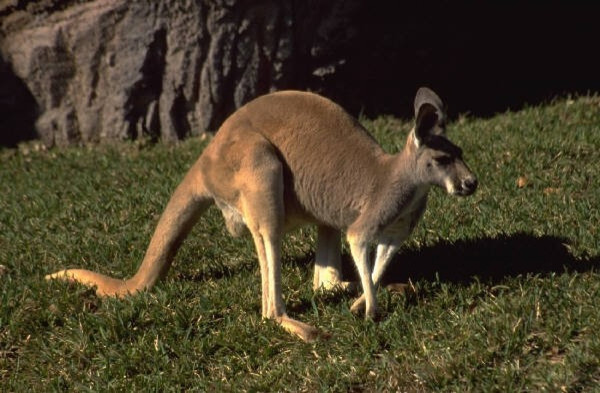Gene Responsible for Kangaroo's Leap Identified

A new DNA sequencing of a species of an Australian Kangaroo, Macropus eugenii, has revealed the gene responsible for the animal’s unique ability to leap.
According to a recent research published on Friday in the journal Genome Biology, sequencing of the tammar wallaby (Macropus eugenii) reveals insights into genome evolution, and mammalian reproduction and development.
The team of authors say besides identifying the “hop” gene, they have also identified other genes responsible for other marsupial traits that make them different from mammals.
The tammar wallaby sequencing project has provided us with many possibilities for understanding how marsupials are different from us, Professor Marilyn Renfree of the University of Melbourne, a researcher on the project, was quoted as saying by BBC.
Marsupials are those mammals which give birth to underdeveloped marsupials and then carry the newborn in their pouches.
A Kangaroo’s baby, called joey, is born blind and is only a few centimeters long. A joey’s forelegs are comparatively more developed which it uses to reach its mother’s pouch. In the pouch, the joey attaches itself to one of the four teats, through which it is fed.
According to researchers “Sequencing skippy: the genome sequence of an Australian kangaroo, Macropus eugenii” can also provide an insight of human evolution.
It's always really valuable to look at an organism that is a bit different to understand how humans and other mammals have evolved. It gives you a perspective on mammalian evolution by looking at mammals that have diverged fairly early on, like the kangaroo,” Elizabeth P Murchison of Wellcome Trust Sanger Institute, Cambridge, UK, who is also the lead author of the research, told BBC.
© Copyright IBTimes 2025. All rights reserved.





















